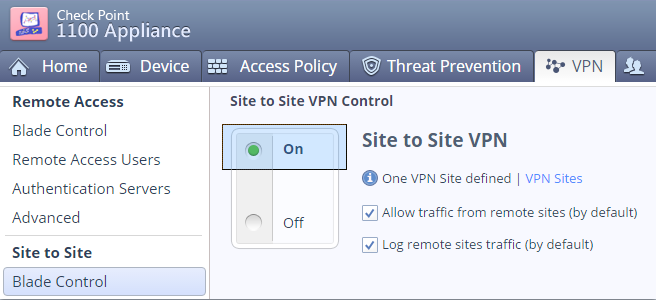

- LINUX INSTALL DOWNLOAD CHECKPOINT VPN CLIENT SOFTWARE
- LINUX INSTALL DOWNLOAD CHECKPOINT VPN CLIENT PLUS
Your Pulse Secure GUI should now contain the Connection Profile as shown below. Step 5: Fill the Connection Profile with the following parameters:Įnsure that you have typed the URL exactly as listed above - http: will not work - it must be https:Ĭlick "Add" to save the Connection Profile.
LINUX INSTALL DOWNLOAD CHECKPOINT VPN CLIENT PLUS
Step 4: Once the GUI has loaded for Pulse Secure, click the plus icon to add a Connection Profile. Or select the application from your GUI's application menu (you may have to search your system to locate it - shown below in Ubuntu). Step 3: Launch the Pulse Secure GUI from the command line with (RHEL/CentOS): yum install nss-tools net-tools (Ubuntu/Debian): sudo apt-get install libnss3-tools net-tools Use the following commands to install these dependency tools manually. Note: The nss3-tools and net-tools are dependency packages required to successfully install the Pulse Client. (RHEL/CentOS): Install the Pulse Secure package using the command: sudo rpm -ivh (Ubuntu/Debian) Install the Pulse Secure package using the command: sudo dpkg -i For CLI access, you'll need to install openconnect (see below).
LINUX INSTALL DOWNLOAD CHECKPOINT VPN CLIENT SOFTWARE
Ip route will show you also new routes going through the tunsnx interface.įor extra convenience, you can define as your home page, the URL of the WebVPN.ĥ) To close the VPN, you either press the "Disconnect" button in the Java popup, or close/kill Firefox.Step 1: Download the appropriate Pulse Secure Linux client package for your Linux distribution (UCSB SSO login required). Note that separate installer packages are available for Debian/Ubuntu (.deb) and RHEL/CentOS (.rpm) distributions. On Ubuntu distributions, installing through Ubuntu Software Center is supported for Pulse Secure.

Inet6 fe80::acfe:8fce:99a4:44b7/64 scope link stable-privacy Inet 10.x.x.x peer 10.x.x.x/32 scope global tunsnx You can then close the main FireFox window.Īfter the VPN being established, you can check with ip address or ifconfig you have now a tunsnx interface: $ ip addr show dev tunsnxġ4: tunsnx: mtu 1500 qdisc fq_codel state UNKNOWN group default qlen 100 If the Java Applet/SSL Network Extender does not launch itself after authentication, do "Native Applications->Connect". Sudo ln -s /usr/java/jdk1.6.0_45/jre/lib/amd64/libnpjp2.so libnpjp2.soĤ) Finally, to run firefox as a regular user do. Just to use Java with Firefox later on: sudo mkdir -p /usr/lib/mozilla/plugins We won´t configure the whole system to use this Java version as it is too old. To install it do as root: mkdir /usr/java So got jdk-6u45-linux-圆4.bin from the Oracle site. You can only proceed to the following point when all the dependencies are satisfied, as the Java applet uses snx behind the scenes.ģ) After several unsuccessful iterations and web crawling, found it is needed to install Java 6 from Sun. I had to install the following: sudo apt-get install libstdc++5:i386 libx11-6:i386 libpam0g:i386Ĭheck again if any dynamic libraries are missing (if any) with: sudo ldd /usr/bin/snx Check what dynamic libraries are missing with: sudo ldd /usr/bin/snxįor Debian, I you might need: sudo dpkg -add-architecture i386 You will have know a /usr/bin/snx 32-bit client binary executable.

You also need to select: "When signing-in launch SSL Network Extender:" change it to "automatically".


 0 kommentar(er)
0 kommentar(er)
